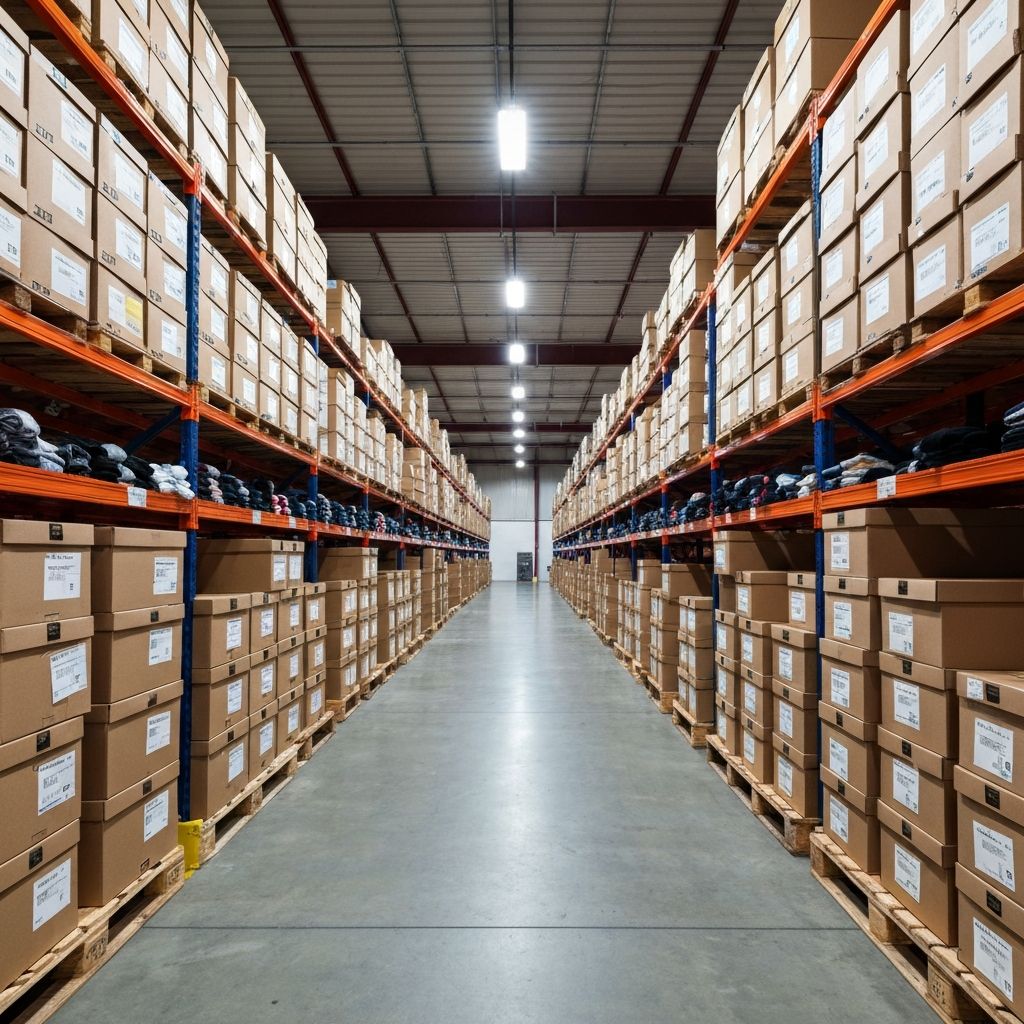Sourcing wholesale socks can be complex, especially for first-time B2B buyers. This comprehensive guide covers everything you need to know about wholesale sock purchasing, from understanding MOQ requirements to building lasting supplier relationships.
Understanding Minimum Order Quantities (MOQ)
MOQ is one of the first considerations in wholesale sock buying. Most manufacturers set MOQ requirements to ensure production efficiency and cost-effectiveness.
Typical MOQ Ranges:
- Standard designs with stock colors: 500-1,000 pairs per SKU
- Custom designs or colors: 1,000-3,000 pairs per design
- Jacquard patterns or logos: 2,000-5,000 pairs per design
- Performance or technical socks: 1,500-3,000 pairs per style
When starting out, consider ordering multiple colorways of the same style to meet MOQ while testing market demand. Many manufacturers offer flexibility by combining different colors of the same design to reach minimum quantities.
Pricing Structure and Cost Breakdown
Understanding sock pricing helps you negotiate effectively and set appropriate retail margins. Wholesale sock prices typically range from $0.80 to $8.00 per pair depending on complexity and materials.
Price Components:
- Material costs (40-50%): Yarn quality, fiber content, and special treatments
- Manufacturing (25-35%): Labor, machine time, and production complexity
- Packaging (5-10%): Individual packaging, hangtags, and cartons
- Quality control (3-5%): Inspection, testing, and certification
- Logistics (5-10%): Shipping, customs, and freight forwarding
Volume discounts typically start at 5,000 pairs (5-10% discount) and increase with larger orders. Factory-direct purchasing eliminates middleman margins, potentially saving 20-30% compared to trading companies.
Supplier Selection Criteria
Choosing the right sock manufacturer impacts product quality, delivery reliability, and long-term business success. Evaluate potential suppliers across multiple dimensions.
Essential Evaluation Factors:
- Production capacity: Monthly output, machine count, and scalability
- Quality systems: ISO certification, testing equipment, inspection protocols
- Technical capabilities: Range of knitting techniques and customization options
- Communication: Response time, language proficiency, problem-solving approach
- Experience: Years in business, client portfolio, market expertise
- Compliance: Factory audits, ethical certifications, environmental standards
Request factory photos, client references, and sample products before committing to large orders. A factory visit, either in-person or virtual, provides invaluable insights into operations and capabilities.
Sample Development Process
Proper sample evaluation prevents costly mistakes in bulk production. Most manufacturers offer pre-production samples for approval before starting full orders.
Sample Timeline and Costs:
- Stock samples (existing designs): Free or $5-15 per sample, 3-5 days delivery
- Custom color samples: $20-50 per sample, 7-10 days production
- Fully custom designs: $50-150 per sample, 10-15 days production
- Pre-production samples: Usually free after order confirmation
When reviewing samples, test them thoroughly - wash them multiple times, wear them for a full day, and check seams, elasticity, and color fastness. Document any issues and request revisions before approving bulk production.
Quality Control Standards
Implementing proper quality control protects your investment and brand reputation. Work with your supplier to establish clear quality criteria.
Key Quality Checkpoints:
- Yarn quality: Fiber content verification, yarn strength testing
- Knitting quality: Stitch consistency, pattern accuracy, density uniformity
- Dimensions: Size accuracy, stretch recovery, shape retention
- Seam quality: Toe closure strength, heel reinforcement durability
- Color matching: Batch consistency, colorfastness to washing
- Packaging: Label accuracy, packaging integrity, carton condition
Consider hiring third-party inspection services for large orders (typically $300-500 per inspection day). The AQL (Acceptable Quality Level) standard commonly used is 2.5 for major defects and 4.0 for minor defects.
Payment Terms and Financial Protection
Understanding payment structures and protecting your financial interests is crucial in international wholesale transactions.
Common Payment Structures:
- 30% deposit, 70% before shipment: Standard for new customers
- T/T (Telegraphic Transfer): Most common payment method
- L/C (Letter of Credit): Safest for large orders ($50,000+)
- Trade assurance platforms: Protection for smaller orders
After establishing trust through 2-3 successful orders, you may negotiate better terms such as 30-day payment terms or lower deposits. Always use secure payment methods and maintain detailed transaction records.
Logistics and Import Considerations
Efficient logistics management reduces costs and ensures timely inventory availability. Understand the full import process to avoid delays and unexpected expenses.
Shipping Options:
- Sea freight: Most economical for orders over 500kg, 25-40 days transit
- Air freight: For urgent orders or samples, 5-7 days transit
- Express courier: Small samples and urgent documents, 3-5 days
Factor in import duties (typically 10-15% for textiles), customs clearance fees, and domestic delivery costs. Work with experienced freight forwarders who specialize in textile imports to navigate regulations efficiently.
Building Long-Term Supplier Relationships
Strong supplier partnerships create competitive advantages through better pricing, priority production, and collaborative product development.
Relationship-Building Strategies:
- Communicate clearly and respectfully across cultural boundaries
- Pay promptly and honor commitments consistently
- Provide advance notice of seasonal demand fluctuations
- Share market feedback to help suppliers improve products
- Visit the factory when possible to strengthen personal connections
- Consider exclusive arrangements for unique designs
Reliable buyers receive preferential treatment - better prices, flexible MOQs, faster production, and first access to new capabilities. Investing in supplier relationships pays dividends over time.
Common Mistakes to Avoid
Learn from others' experiences to navigate wholesale sock buying more successfully:
- Ordering too much variety initially: Focus on core SKUs that move quickly
- Choosing suppliers based solely on price: Quality and reliability matter more
- Skipping sample approval: Always test before bulk production
- Ignoring lead times: Plan inventory 3-4 months ahead
- Poor specification communication: Document everything clearly
- Neglecting quality control: Inspect before shipment, not after arrival
Conclusion
Successful wholesale sock buying combines market knowledge, supplier evaluation skills, quality consciousness, and relationship management. Start with smaller test orders, learn from each experience, and gradually scale as you refine your sourcing process.
At Velon Socks, we work closely with B2B buyers to ensure smooth wholesale transactions from initial inquiry through delivery. Our transparent processes, flexible MOQs, and dedicated support team make us an ideal partner for both new and experienced wholesale buyers.
